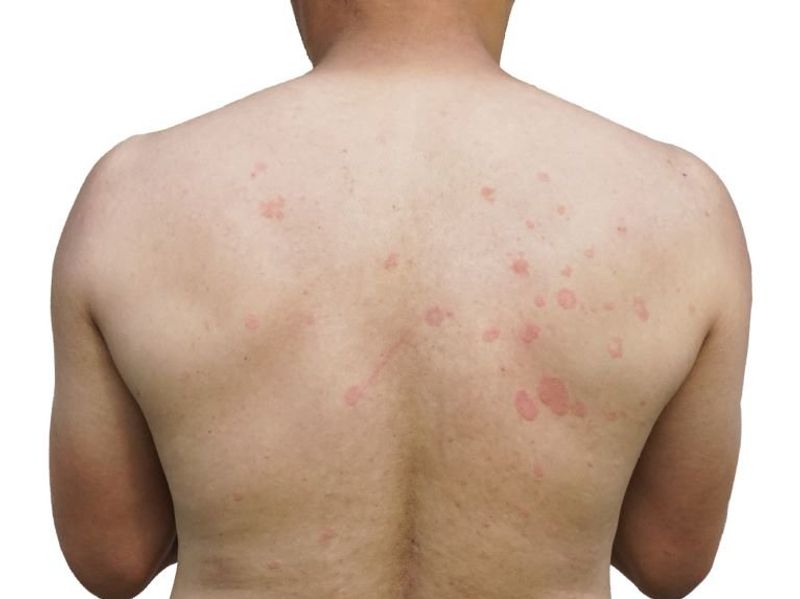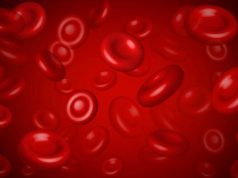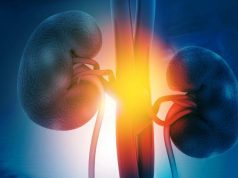Preferential activation of JAK1/JAK2-STAT5 pathways observed in eosinophilic cellulitis
By Elana Gotkine HealthDay Reporter
WEDNESDAY, June 21, 2023 (HealthDay News) — Eosinophilic cellulitis seems to be a type 2 inflammatory disease, with preferential activation of the Janus kinase (JAK)1/JAK2-signal transducer and activator of transcription (STAT)5 pathways, according to research published online June 21 in JAMA Dermatology.
Johanna Morot, from the Université Claude Bernard Lyon in France, and colleagues examined the nature of eosinophilic cellulitis inflammation and other cellular signal transduction pathways that are activated in the context of eosinophilic cellulitis in a case series from January 2018 to December 2021. Samples were included from 14 patients with eosinophilic cellulitis and eight healthy controls.
The researchers found that in eosinophilic cellulitis lesions, there was marked type 2 inflammation (chemokines CCL17, CCL18, and CCL26, and interleukin 13), with preferential activation of the JAK1/JAK2-STAT5 pathways. Complete clinical remission of skin lesions was observed after one month of baricitinib treatment in the one index patient with refractory eosinophilic cellulitis.
“These findings suggest that eosinophilic cellulitis is a type 2 inflammatory disease with preferential activation of the JAK1/JAK2-STAT5 pathways,” the authors write. “Together with the clinical response to baricitinib, our data advocate for the development of JAK1/JAK2 targeting treatment approaches in eosinophilic cellulitis and other eosinophilic diseases.”
Several authors disclosed ties to pharmaceutical companies, including Lilly, the manufacturer of baricitinib.
Abstract/Full Text (subscription or payment may be required)
Copyright © 2023 HealthDay. All rights reserved.








